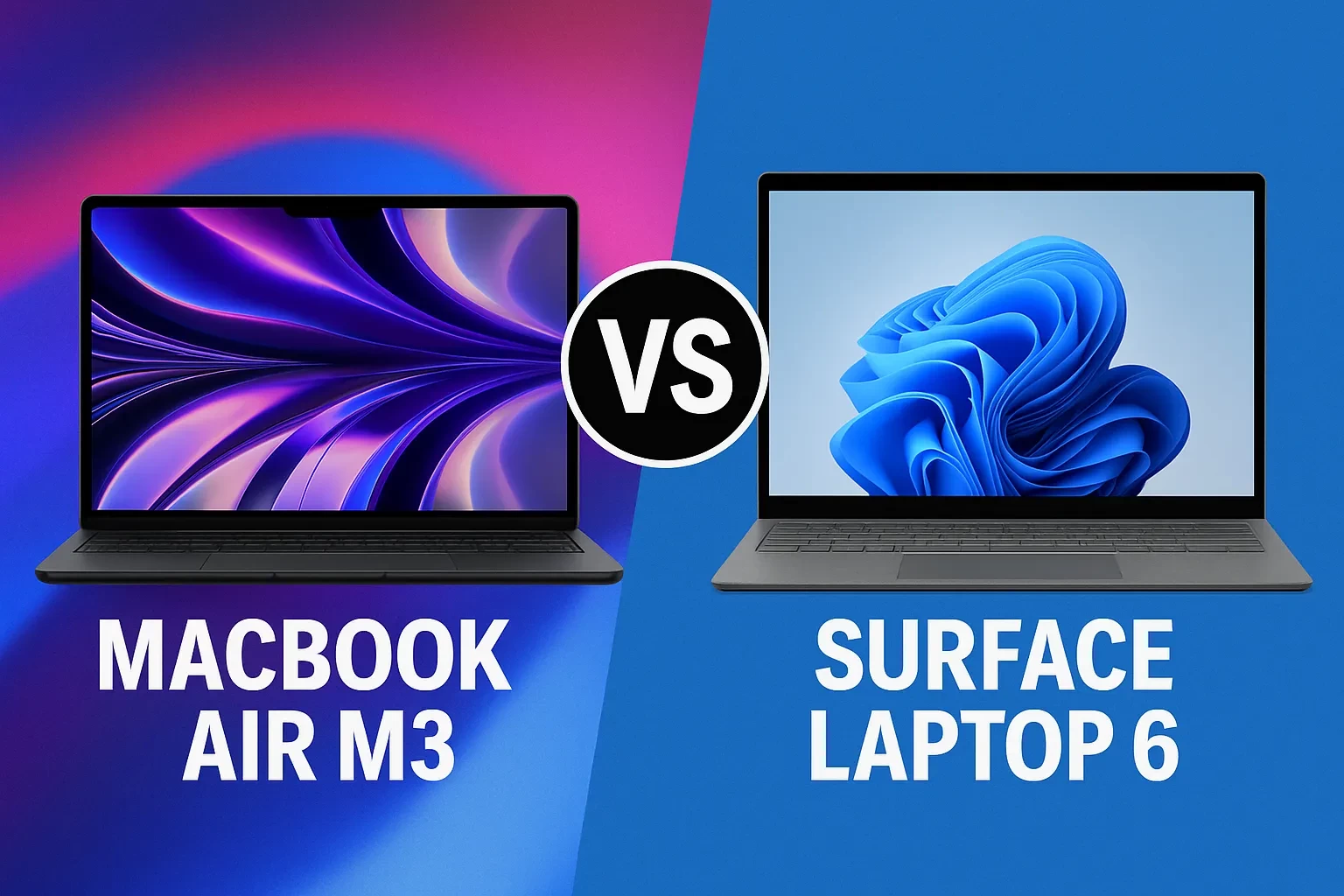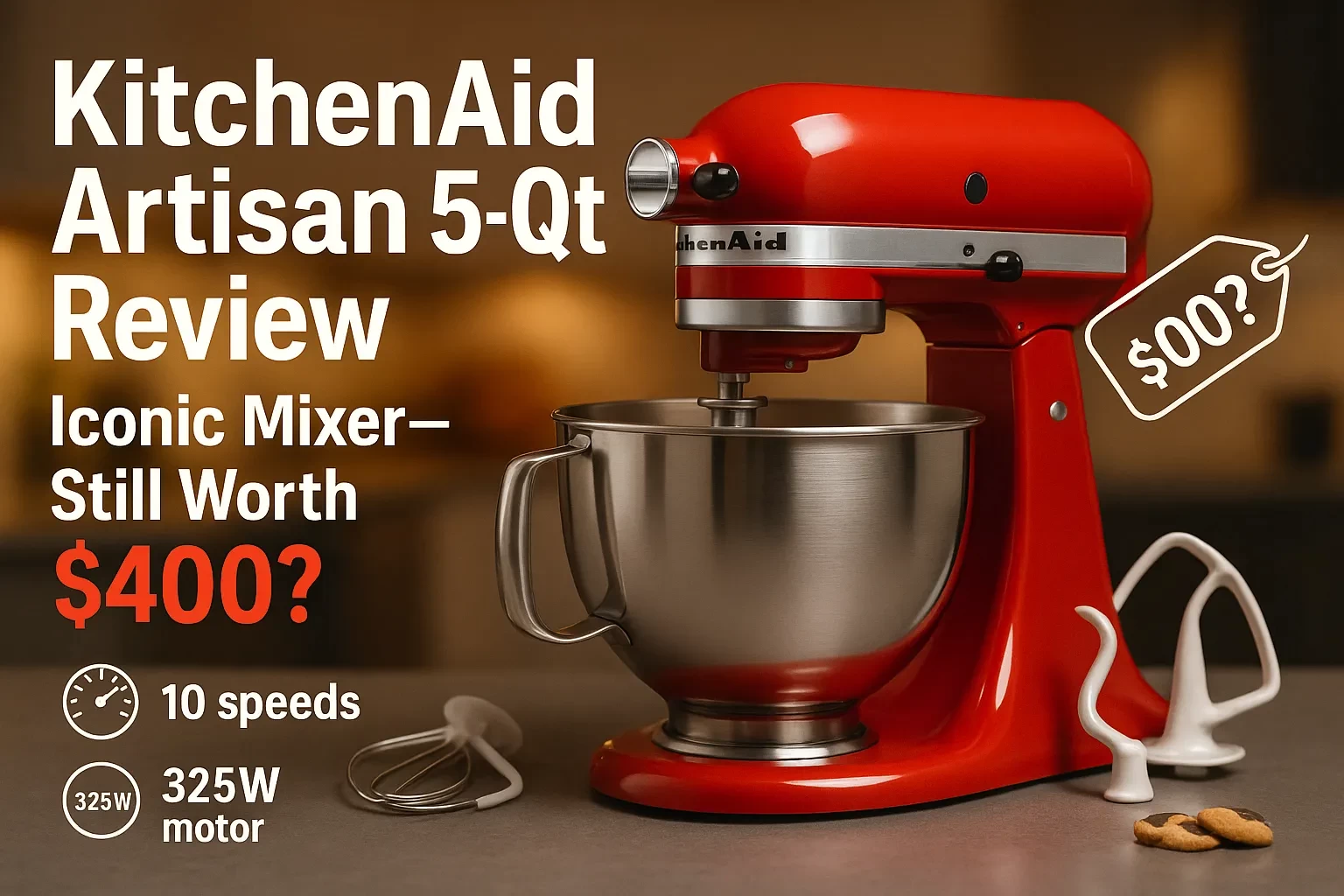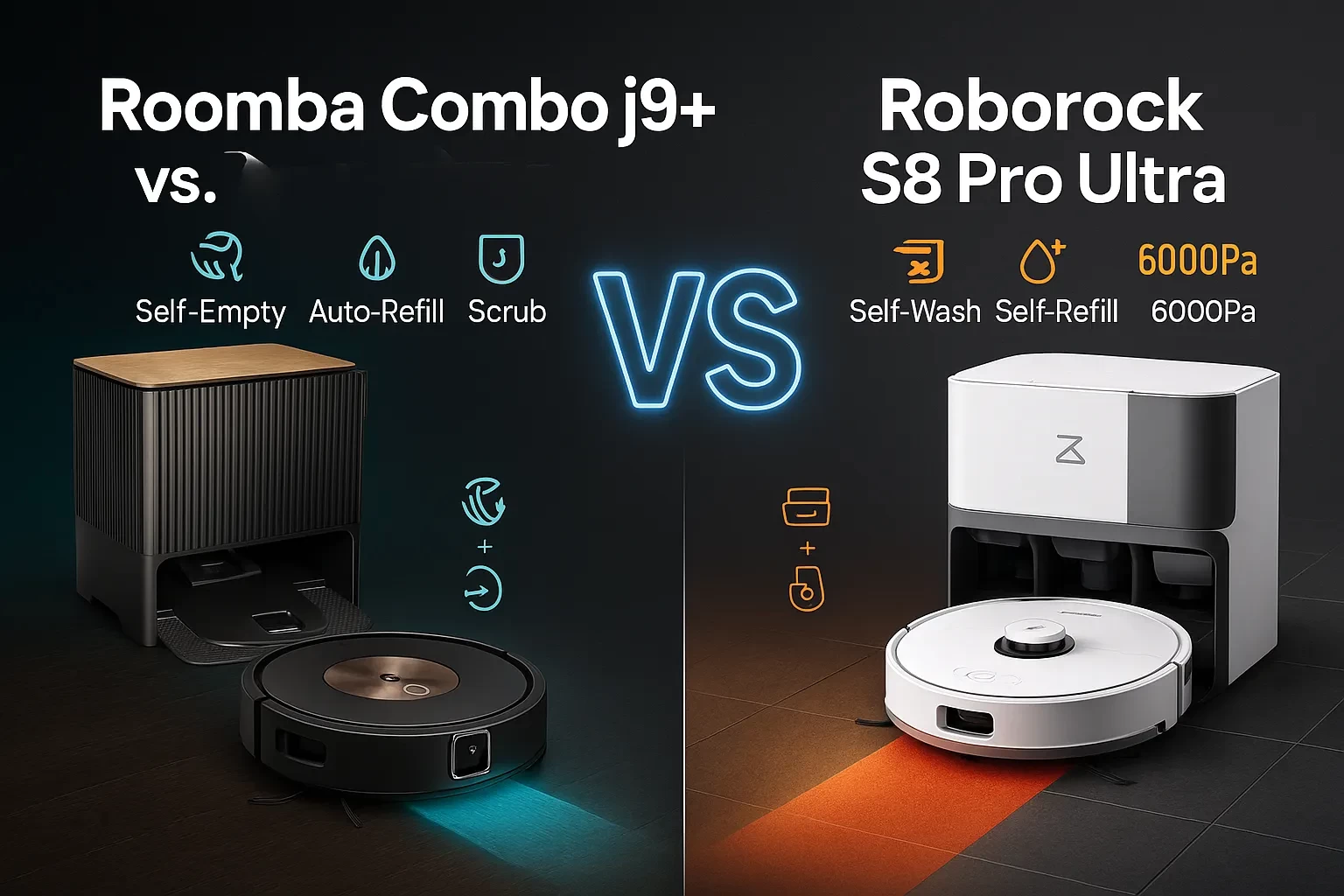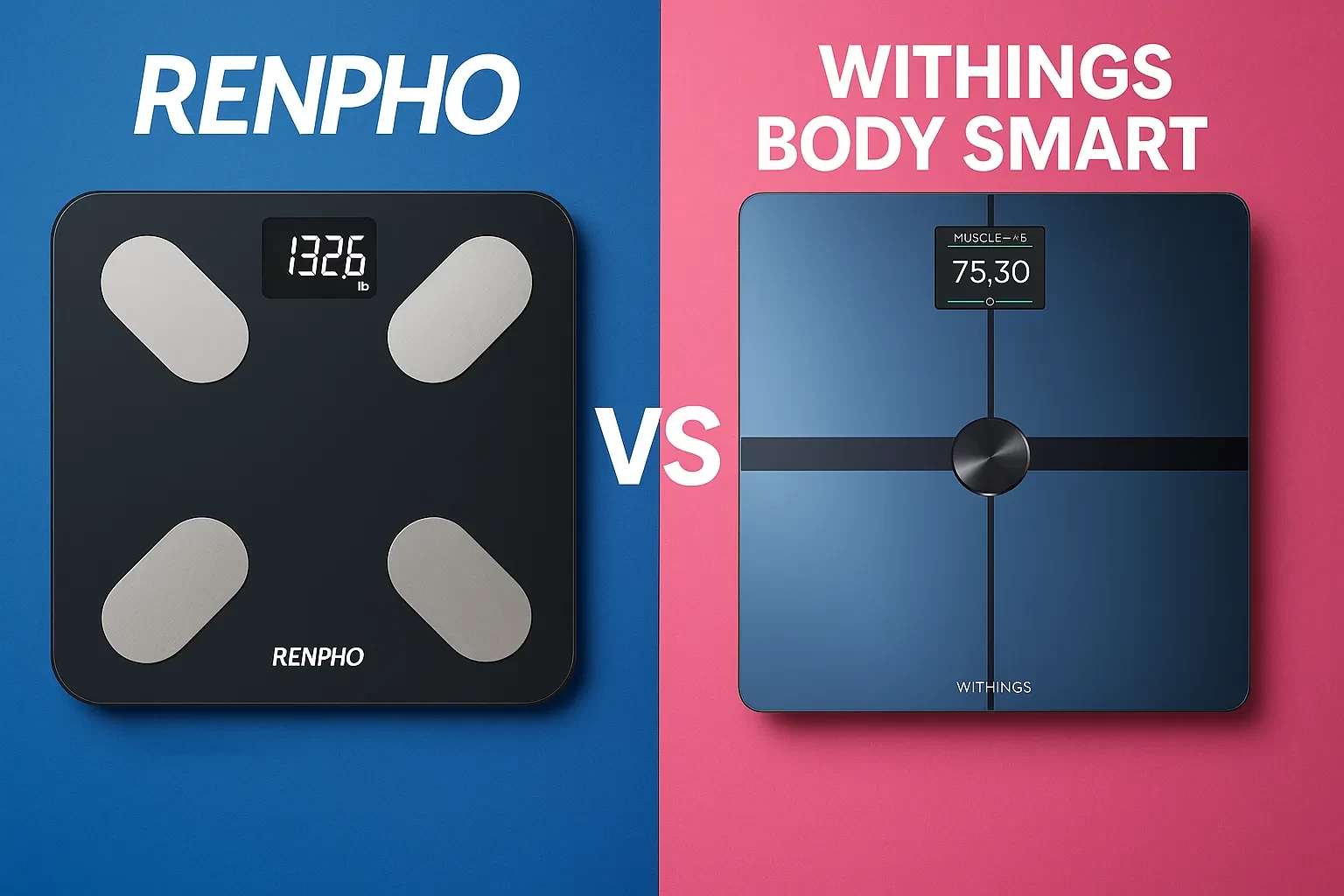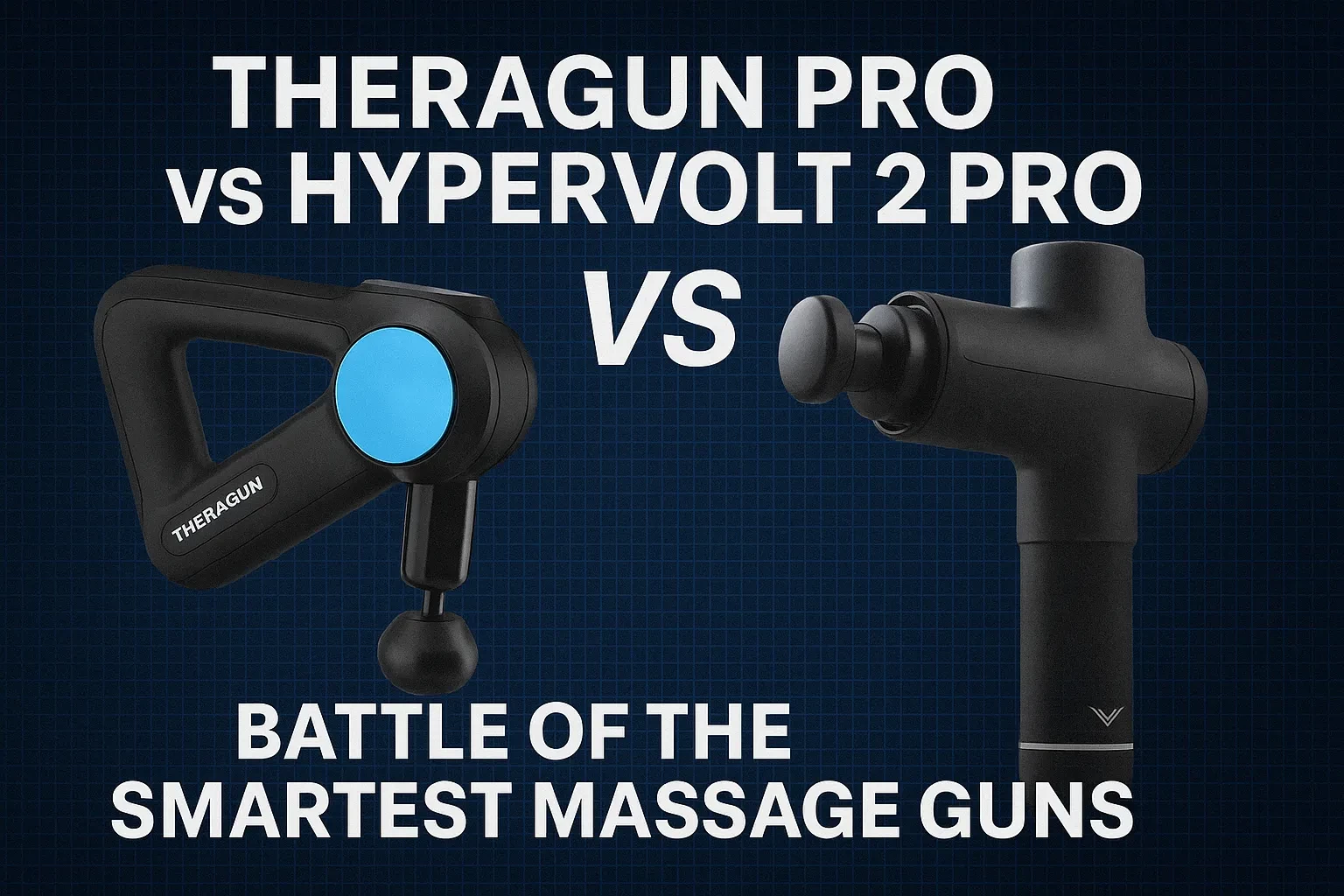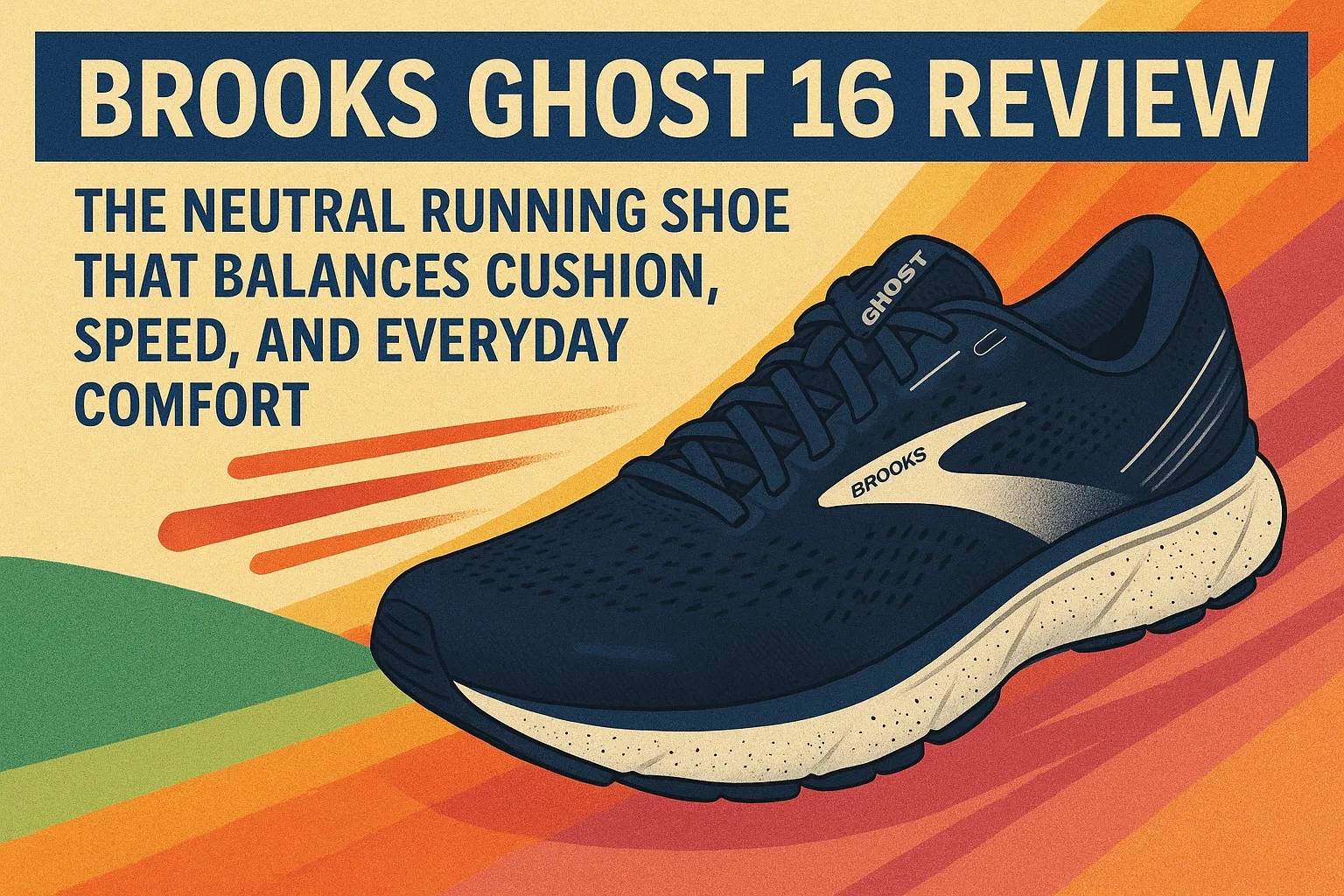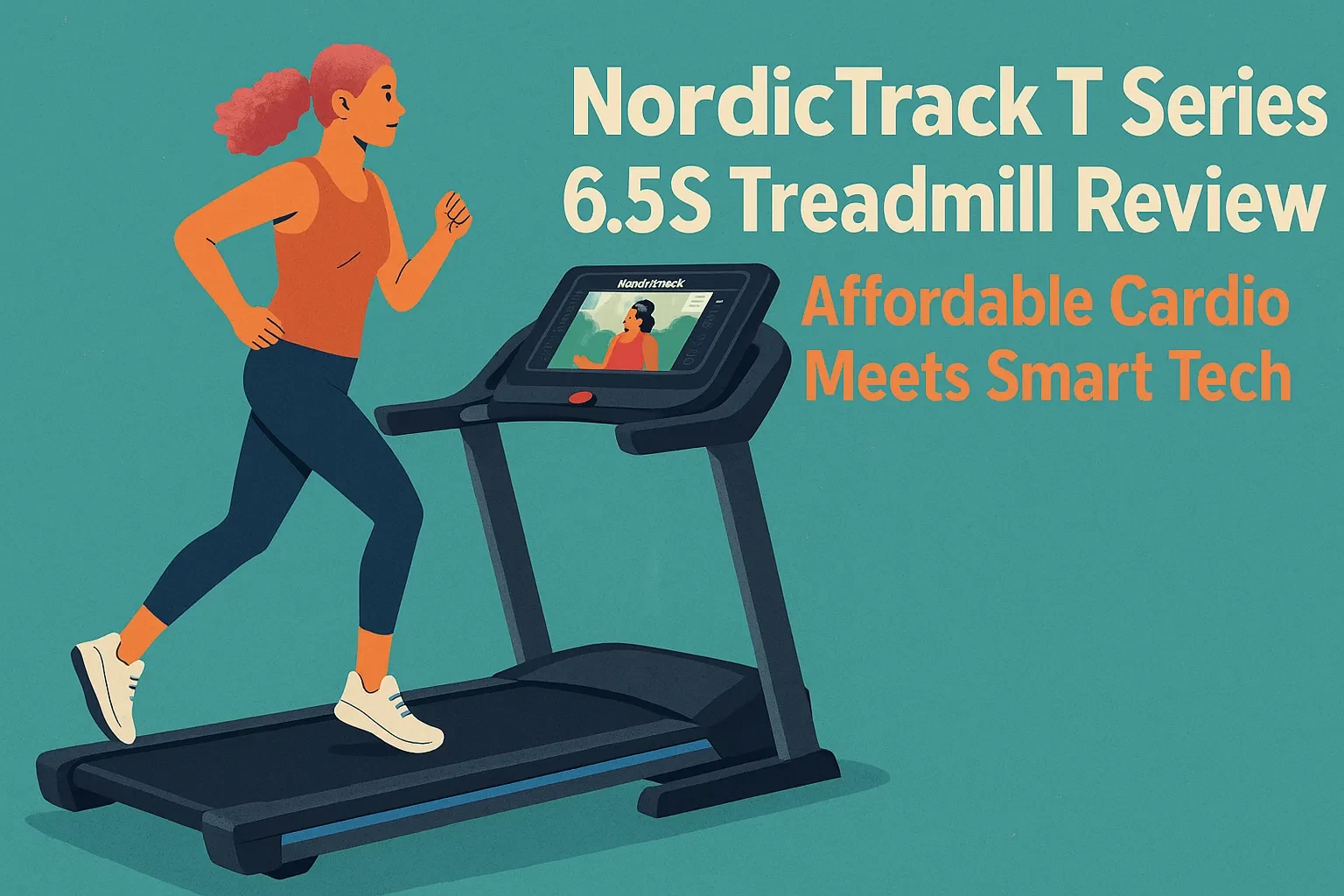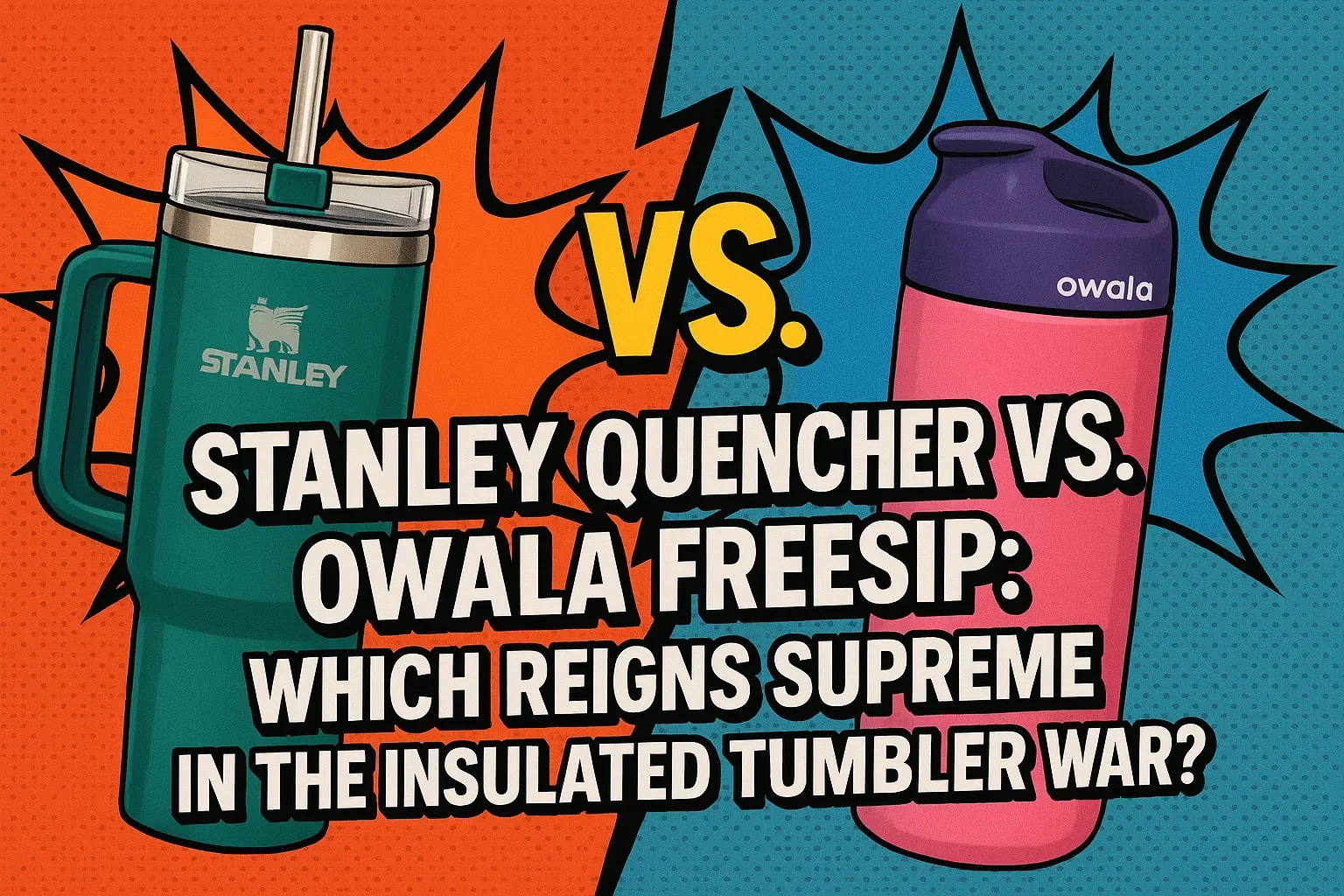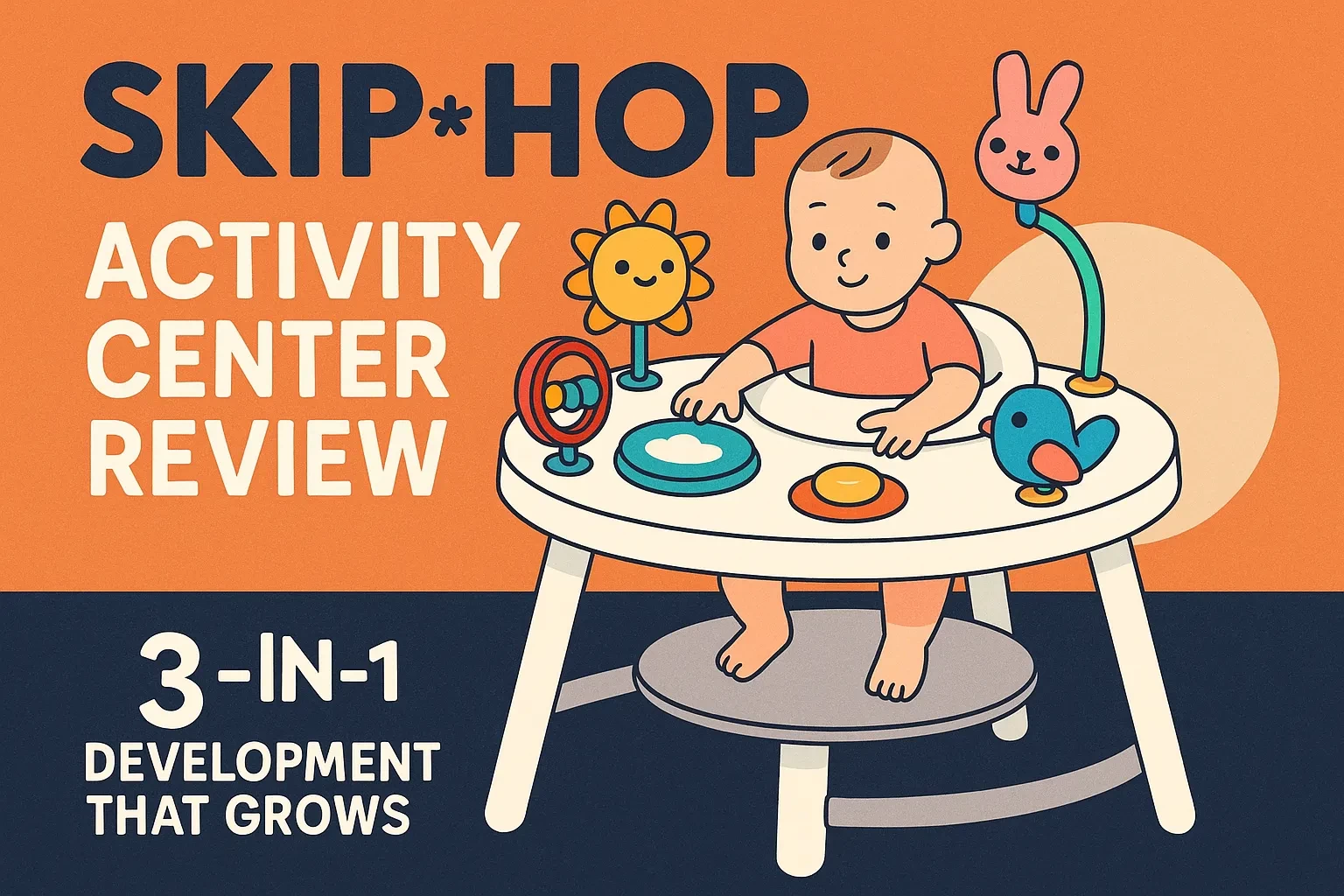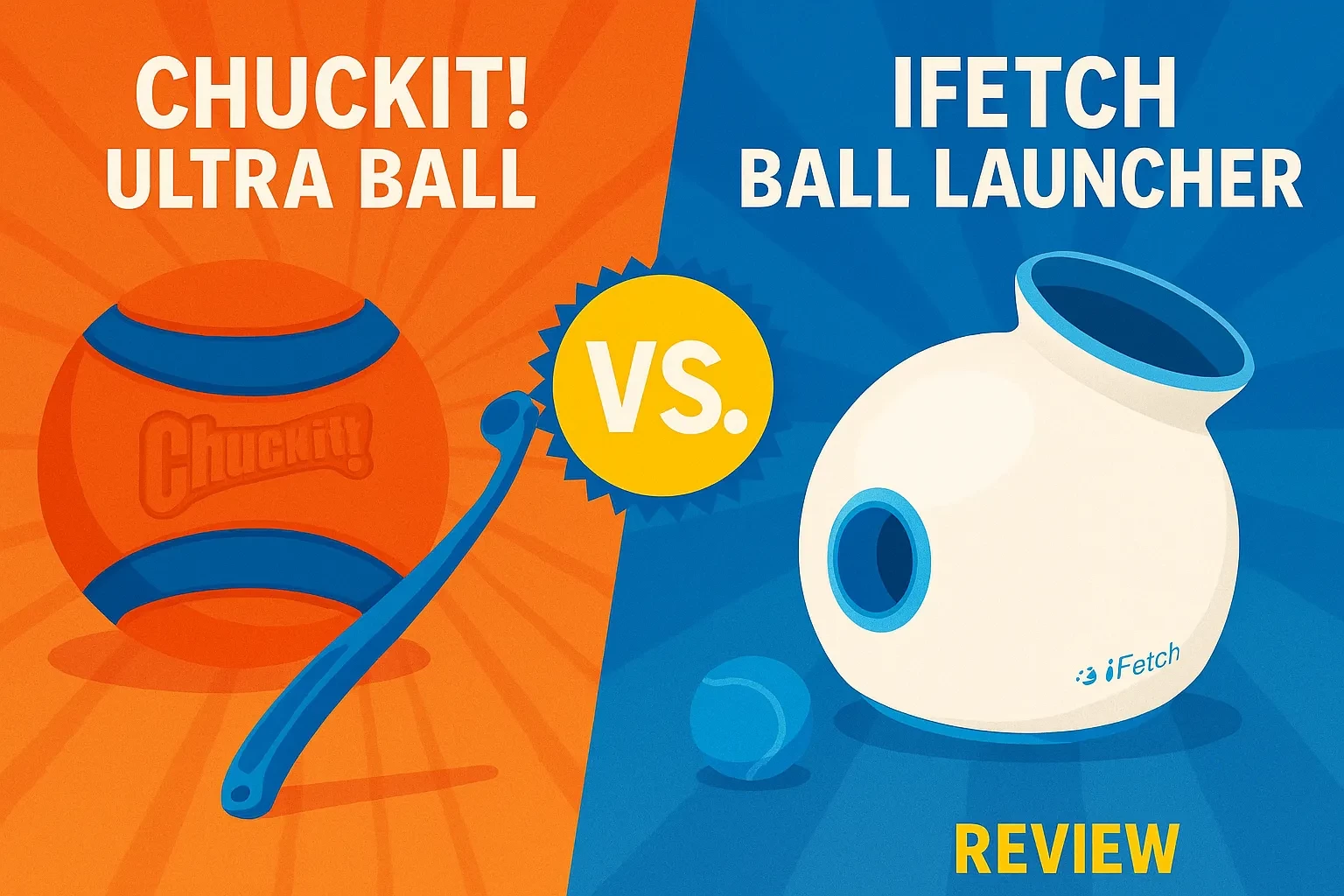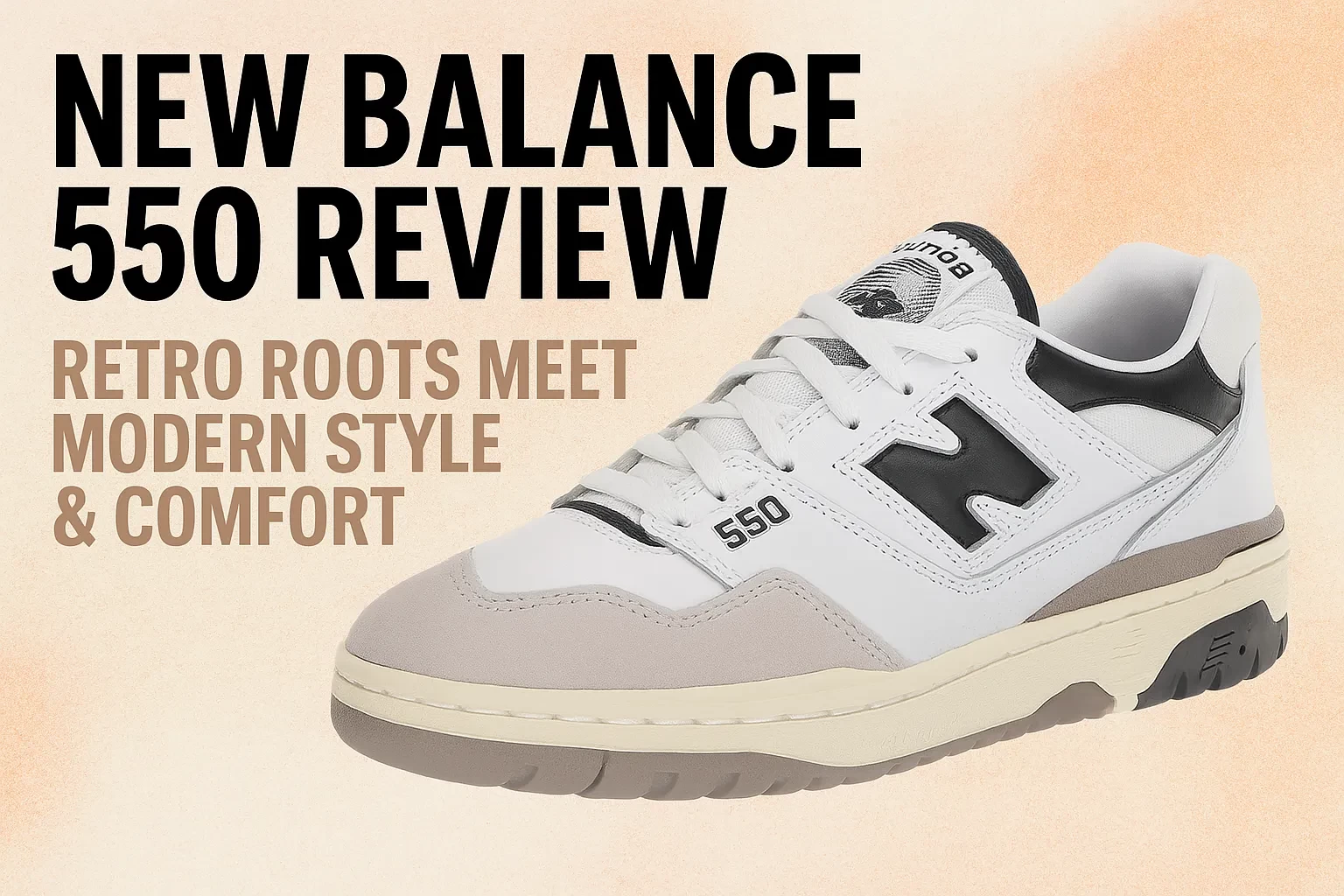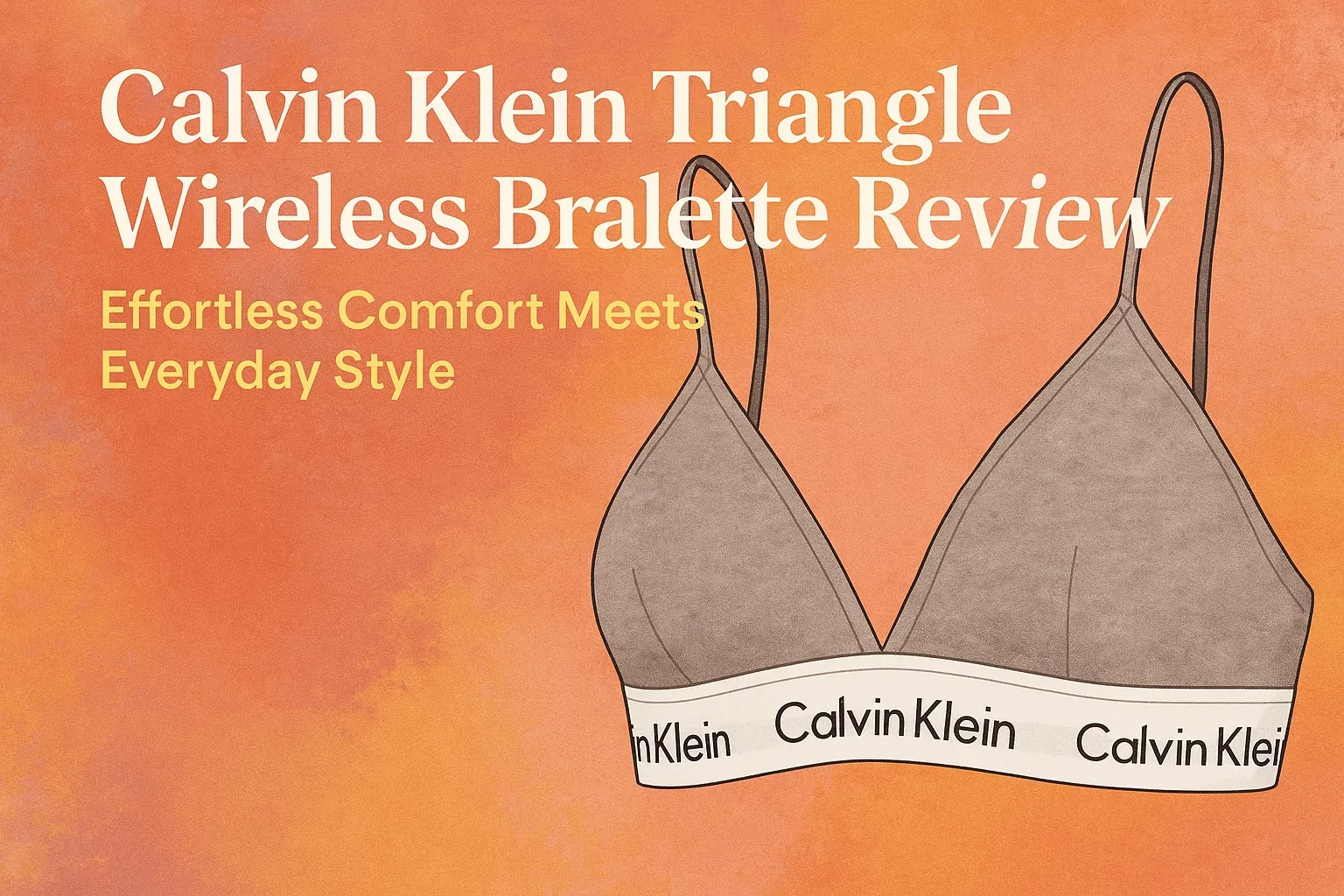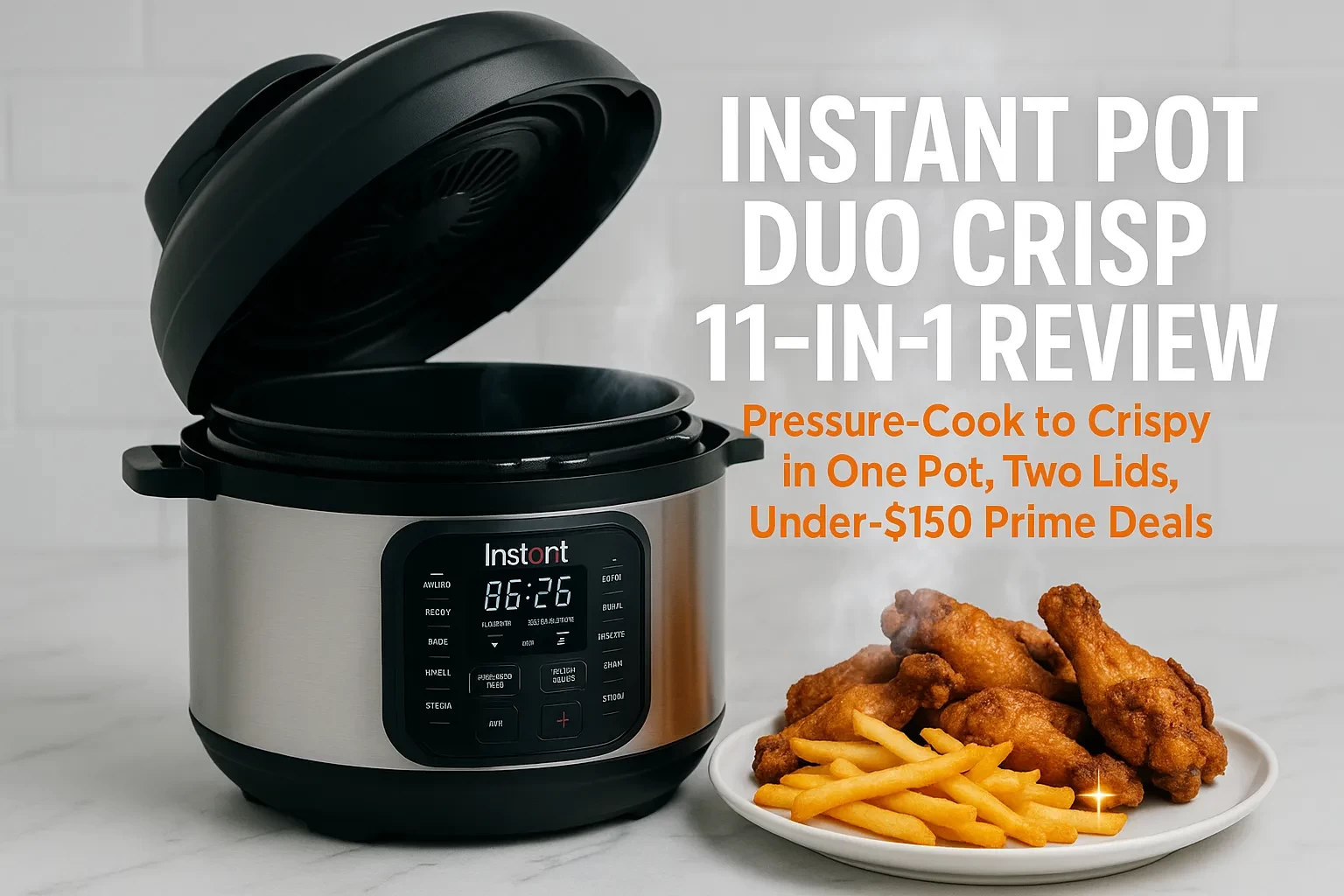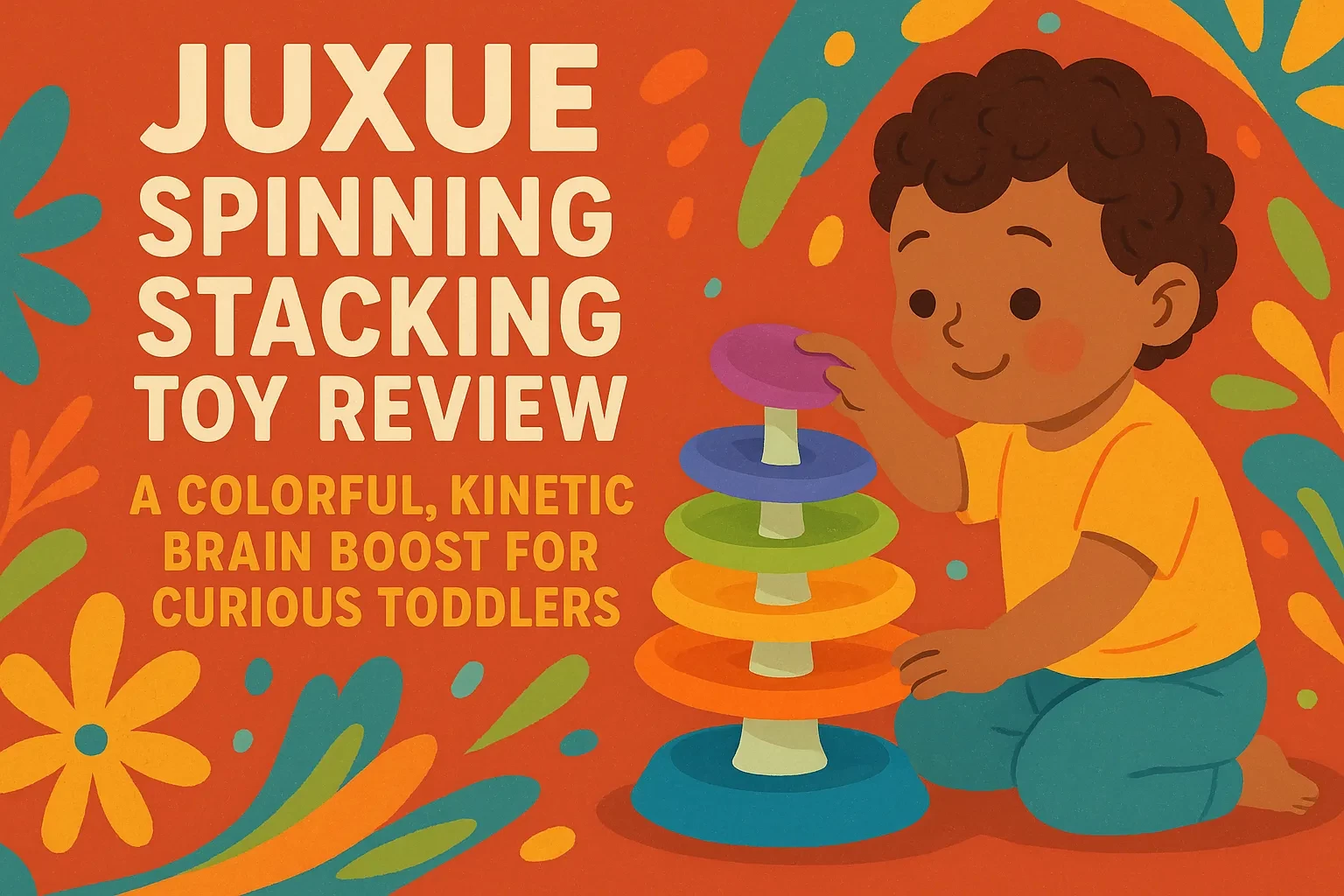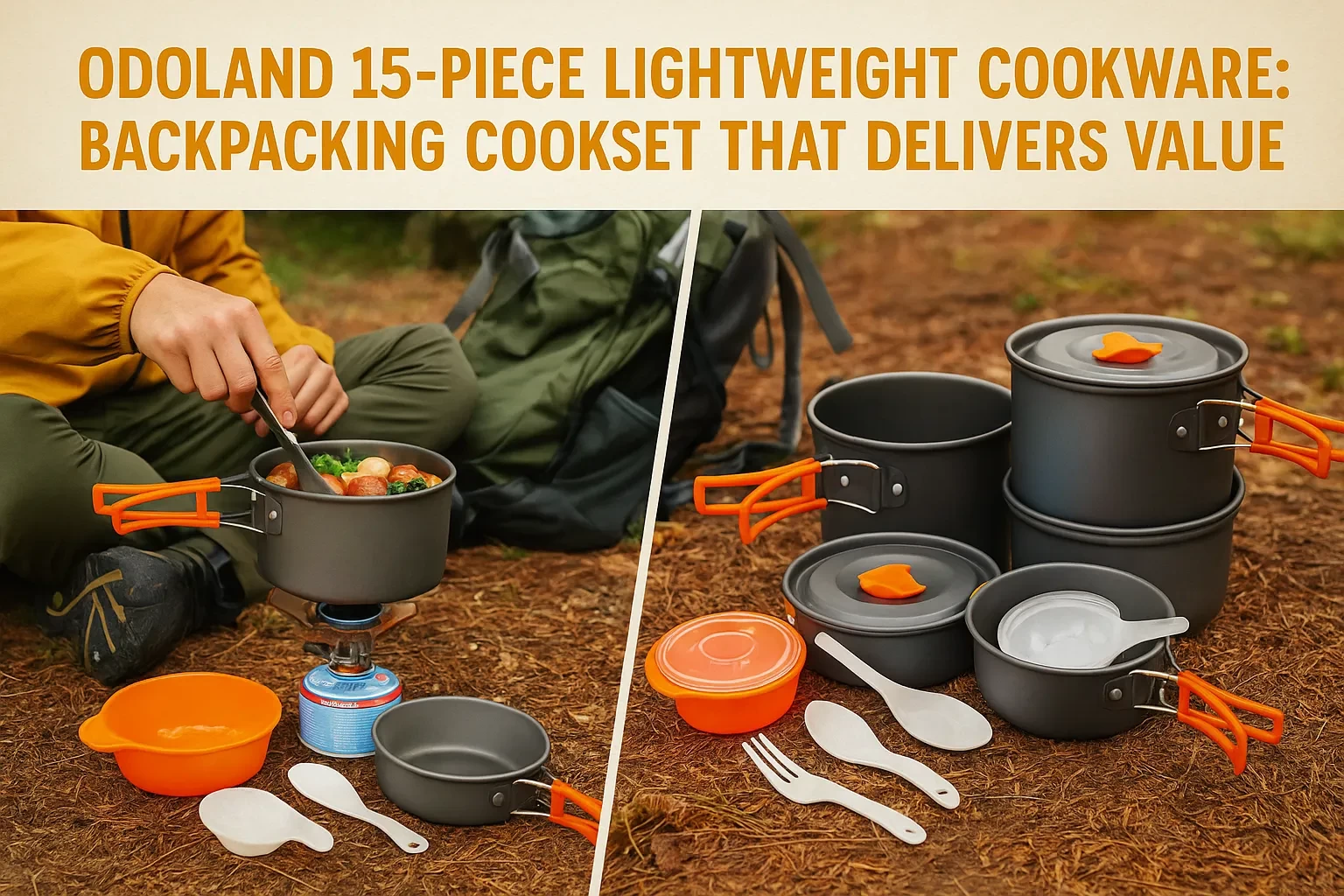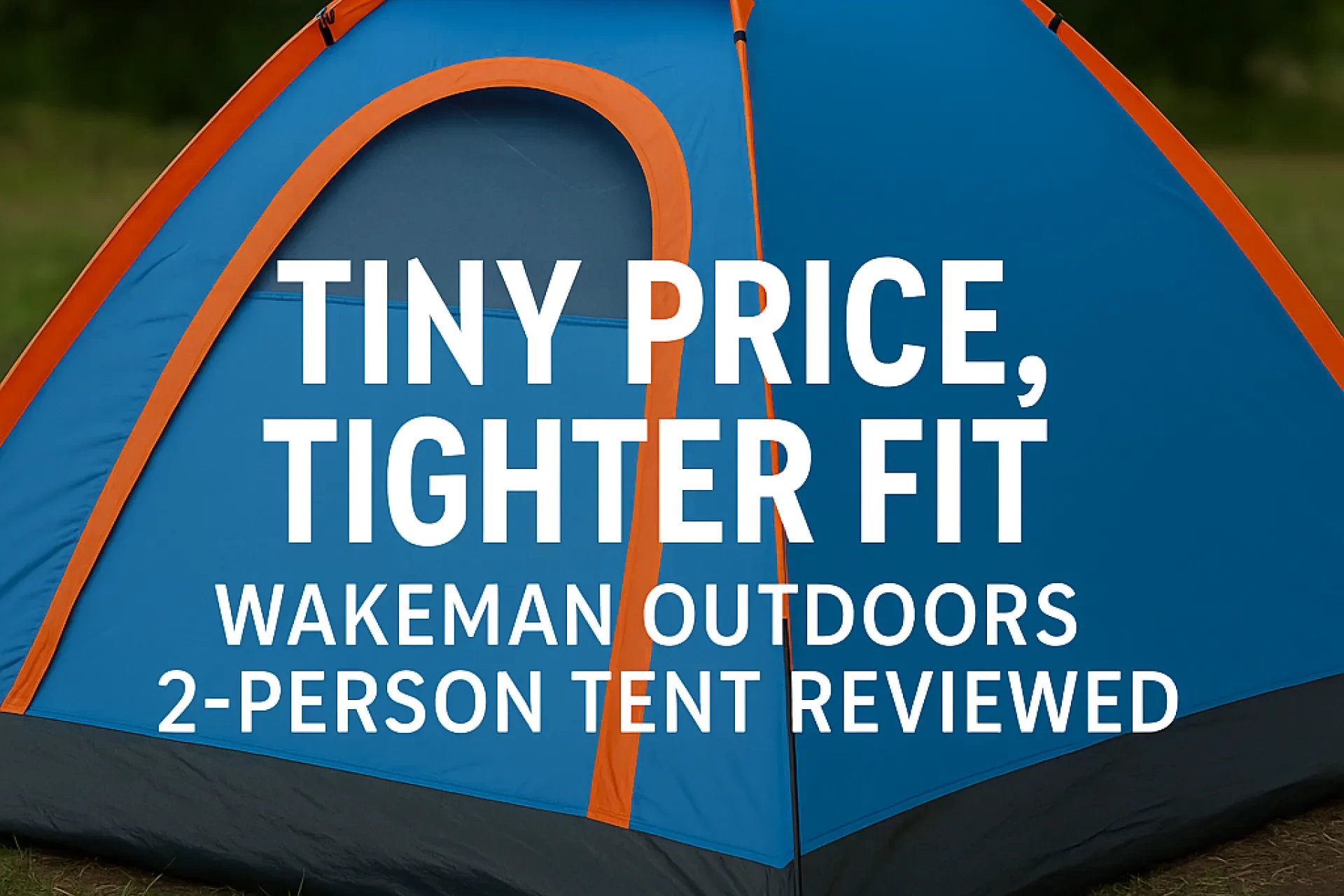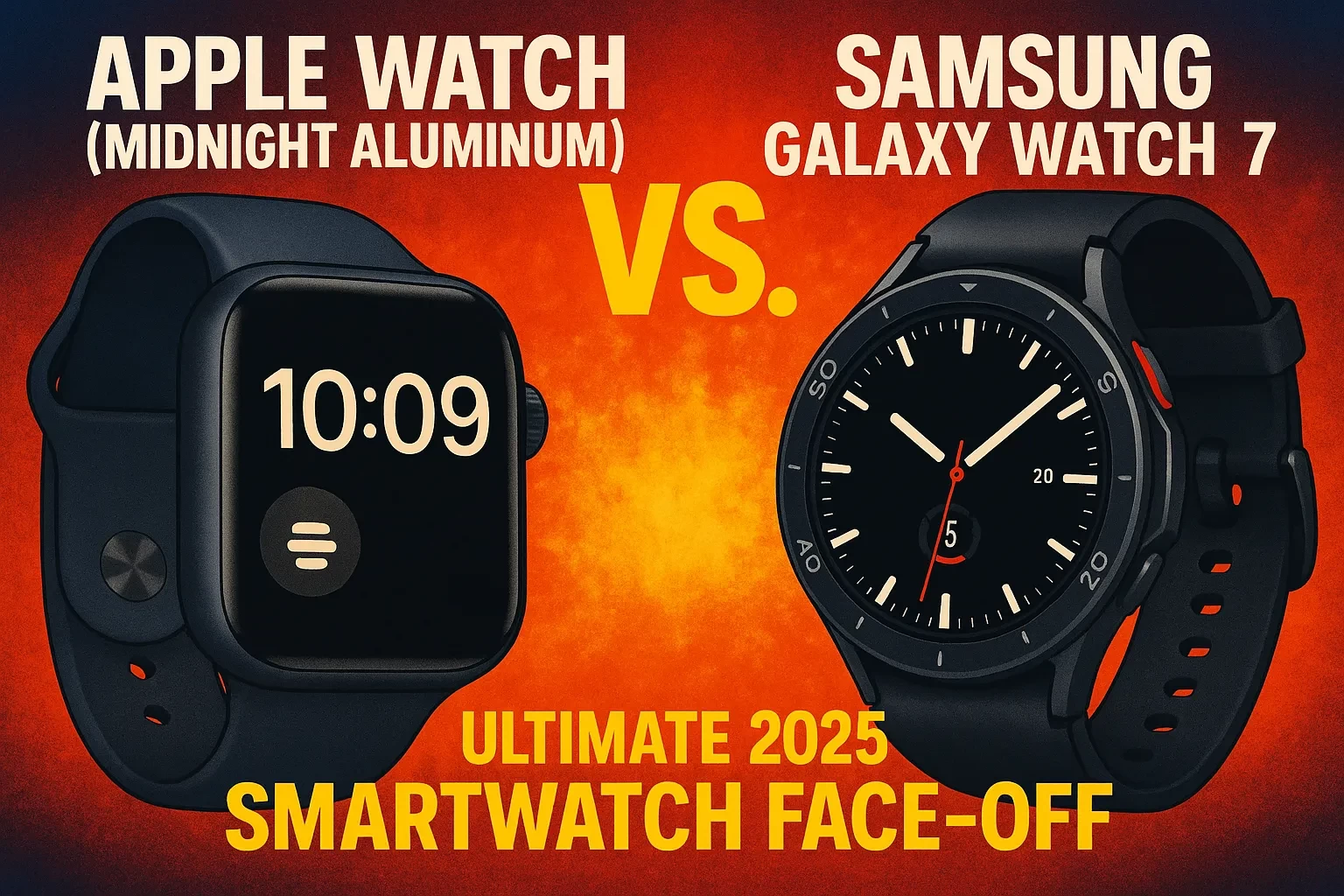Table of Contents
1. Introduction: Ultra-Light Safety Anywhere
In the unpredictable scenarios of hiking, travel, or emergencies, the LifeStraw Personal Water Filter (ASIN B006QF3TW4) serves as a compact and dependable solution for obtaining safe drinking water. Designed originally for humanitarian aid, this straw-style filter has earned a major following among American outdoor enthusiasts for its simplicity, effectiveness, and life-saving potential. This comprehensive Buzzlytica review—targeted at U.S. readers—dives into performance, field usability, filtration specs, limitations, and how it stacks up against alternatives.
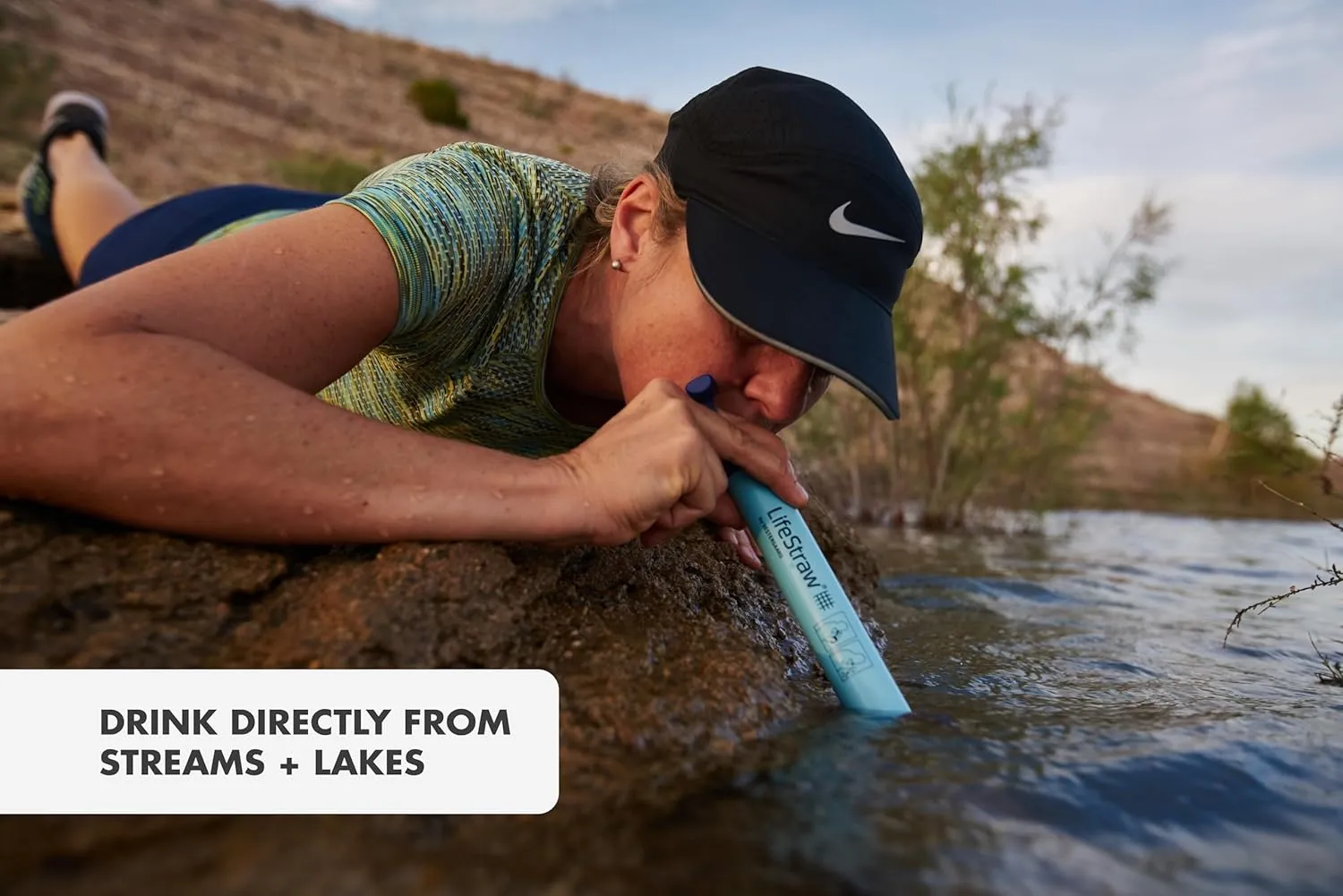
2. Design, Build & Specifications
The LifeStraw is a lightweight, nine-inch drinking straw made from BPA-free plastic. It weighs just 1.6 oz (≈46 g), making it nearly weightless in your pack or vehicle. Its hollow-fiber microfilter has 0.2-micron pore size, able to block:
• 99.999999 % bacteria (including E coli, Salmonella)
• 99.999 % protozoan parasites (Giardia, Cryptosporidium)
• 99.999 % microplastics, dirt, and cloudiness
The filter lifespan is rated at about 1,000 gallons (4,000 L)—enough water for a typical individual for multiple years. The LifeStraw meets EPA and NSF P231 standards for removal of bacteria and parasites. Tabletop reviews highlight its durable construction and long shelf life (unlimited, unopened).
3. Filtration Performance & Usage
Flow & Drinking Experience
With a high-flow hollow fiber membrane, LifeStraw delivers water at sufficient rate after initial suction draw. Outdoor Gear Lab and user reports confirm that once started, water flows with minimal effort—even delivering several liters per minute in calm conditions.
It functions like a conventional straw—just dip into a stream, lake, or puddle without filling a bottle. The high flow rate surprises some first-time users, delivering more volume than expected.
Interpreting Filter Lifespan
Expect up to 1,000 gallons of filtered water—usage ends when you can no longer draw water through the straw due to clogging. Users often refresh the flow by blowing back through the filter, which dislodges debris keeping the membrane functional longer.
4. Portability & Practicality
LifeStraw truly shines in weight-sensitive scenarios. Under 2 ounces, it takes up virtually no space—ideal for hikers, travelers, car kits, and emergency preparedness kits.
Because it uses no batteries or chemicals, there's no maintenance beyond occasional backflowing and drying. It packs easily into a backpack, glove box, or go-bag as a failsafe hydration option.
5. Applications & Real-World Scenarios
Outdoor Recreation & Backpacking
Whether hiking remote trails or day-tripping, LifeStraw enables safe drinking from freshwater sources without carrying heavy water reserves or pumps. One backpacker recounted carrying LifeStraw in his pocket for hours, sipping directly from creeks with ease and confidence.
Emergency Preparedness & Travel
LifeStraw also serves in home emergency kits or vehicles: during power outages or boil-water alerts, it offers a personal purification solution. Its low cost and long shelf life mean several can be stored without budget strain.
Daily Use in Developing Regions or Travel
While the original LifeStraw doesn’t filter viruses or chemicals, newer versions like LifeStraw Go address more contaminants. Nonetheless, for many adventure users, preventing gastrointestinal pathogens suffices.
6. Comparisons & Limitations
Although highly effective for bacteria and parasites, LifeStraw does not filter viruses, heavy metals, chemicals, or saltwater impurities—areas where Sawyer Squeeze or Katadyn Pocket outperform it.
Reddit users often note that while LifeStraw “works,” for extended short-term drinking or cooking situations it may prove cumbersome—sucking repeatedly over hot meals is tiring. It’s better as a backup or for intermittent use, especially in group contexts.
Flow rate slows in very silty or muddy conditions, requiring frequent backblow to clear clogs. Some users report filter failure if repeatedly exposed to freezing conditions without drying.
7. Pros & Cons at a Glance
Pros:
• Extremely lightweight and compact (<2 oz)
• Removes ≥99.999 % bacteria and parasites, plus microplastics
• Easy to use—no pumping, no chemicals
• Low-cost (~$15-20 widely available)
• Long shelf life—no expiration if stored dry
• Ideal backup filter or for emergency kits
Cons:
• Does not remove viruses, chemicals, heavy metals, or salt
• Slow filtration in turbid water; may require backblowing and effort
• Drinking method (face close to source) can feel awkward or unsanitary
• Not well-suited for group cooking or large-volume water needs
• Membrane vulnerable to damage from freezing if not fully dried
8. Trust & Recognition
LifeStraw is internationally recognized: originally designed in Switzerland for humanitarian aid and disaster relief, distributed globally by NGOs and UN projects. In the U.S. retail market, it has over 100,000 five-star Amazon reviews, highlighting its reliability at low cost. American publications like Business Insider and Outdoor Gear Lab consistently list it among the top essential outdoor gear products.
9. Maintenance & Tips for U.S. Users
• Pre-use rinse: initial blackish water or carbon residue is normal; spit out first few draws until water runs clear.
• Backflushing after each use: blow back through straw and shake dry to prevent clogging and freeze damage.
• Avoid freezing water inside filter: ice crystals can rupture hollow fibers—store dry in cold climates.
• Partner with bottles: Inserting LifeStraw into water containers improves hygiene and ease for intermittent sipping.
• Use alongside other filters: For cooking or large-volume needs, combine LifeStraw with gravity filters or pump systems as primary filtration.
10. Who Should Use It?
Ideal for:
• Day hikers, trail runners, or guides needing reliable small-volume access to clean water.
• Travelers visiting regions with questionable freshwater quality.
• Emergency preppers equipping kits or vehicles with ultra-compact safeguard tools.
• Solo users who can sip intermittently without needing to purify cooking water.
Not ideal for:
• Backpacking groups needing to purify cooking water.
• Environments with known viruses or chemical contamination.
• Ultramarathoners or heavy drinkers needing high-volume filtration.
• Travelers requiring seamless integration into water bottles without alternative gear.
11. Final Verdict
The LifeStraw Personal Water Filter stands as one of the simplest, lightest, and most reliable personal water purification systems on the market. It performs impressively on the fundamentals—removing bacteria, parasites, and microplastics without effort or electricity—while costing under $20 and weighing barely an ounce. It is not a one-size-fits-all solution—lack of virus and chemical filtration and limitations on volume make it a backup or secondary device for many users.
For most American outdoors users seeking small, portable peace of mind for safe hydration, LifeStraw offers undeniable value. Just understand its intended envelope: a lightweight straw for fresh water on the go—not a complete filtration system. When used appropriately and maintained carefully, it delivers essential protection where alternatives may fail or weigh too much.

